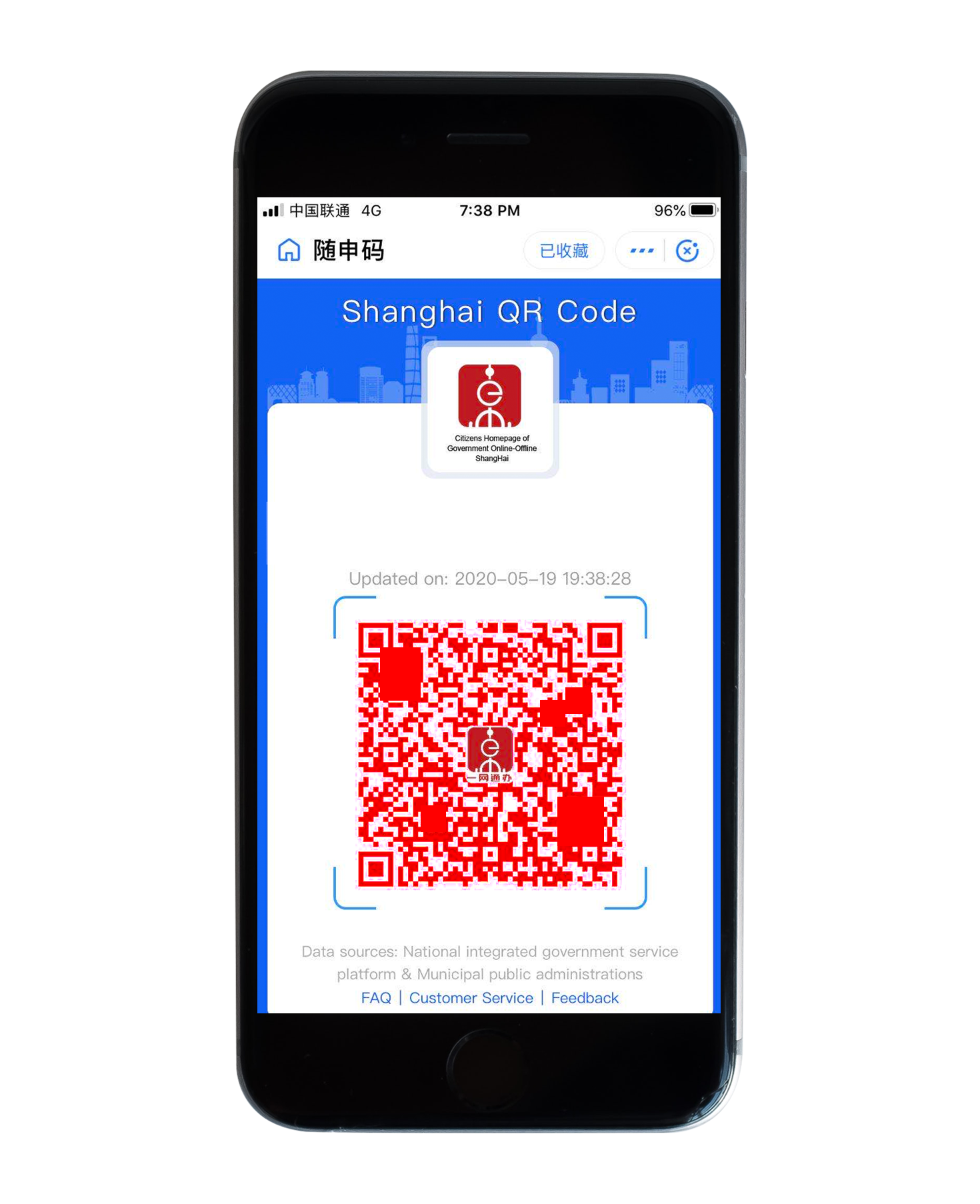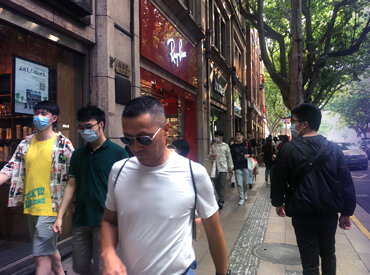QR Health Codes – Getting China back to business
By Line Heidenheim Juul
Hit hard and fast by the Corona virus, China had to find solutions to the quarantine ease in early February. Alibaba, Tencent and mobile carriers were fast to come up with tracking solutions.
In collaboration with local governments and other third parties, they launched a program inside already existing payment apps: the so-called “health QR codes”. These are color graded and decide individual’s mobility.
Within 2 weeks of launching, officials in China said that 50 million people had signed up in Hangzhou, and by the end February 200 cities had launched health codes. The tracking solution is being emulated across Europe, and is already implemented in Norway. But it is not without challenges. In China however, the cost of convenience has been widely accepted.
Here is how it works:
“Show me your code” the mask-wearing guard says, as I enter the local shopping mall. He is holding a thermometer in one hand and pointing at my phone with the other. Realizing I am a foreigner, he is hoping I know the Chinese words for the health code. And I do, because I have had to present it everywhere, I go since February.
In Shanghai, its name is SuiShen Ma and translates adjacent to “tracking code”, but what it tracks and where my data goes is not clear. According to New York Times, the data is collected and immediately shared with the local police. Those with a red or yellow code will be asked to stay in supervised or home quarantine. If it is green, I can freely enjoy my lunch at the local food court or take the train to Beijing.
Integration in existing social media and payment apps
As an integrated citizen living in China for many years, I naturally do not use cash anymore, as I have already adopted the local mobile payment solutions, just like 86% of the population. Inside my payment app Alipay, I usually pull up my QR code to pay anything from apples to water bills. This payment method of scanning codes grew 15-fold the last three years.
Now the “Health Code” button is inside the payment app. Users are required to fill in basic information when they use it the first time, but they are already registered with real names and ID, due to the integrated payment options. After this, only 2 clicks, grants users entry to shops, hospitals, government buildings etc. The health code overall determines the status of an individual user by combining factors from travel history, exposure to potential or known carriers and time spent in areas with outbreaks.
The code needs to be refreshed every time a user shows it. Manual check or scanned registration of the code is carried out differently. Users may be warned if they have been in contact with potential carriers. The integration in the already existing mobile payment app is elegant, and the fact that all outlets from commercial malls to government buildings require it, means that almost everyone has it and use it with not much hesitation on privacy.
However, the tracking of data is concerning, and the health codes have meant an opening up for both citizens and data collection from commercial and government stakeholders.
Unification of health code standards and further opening up
During the May holiday 100 million people travelled and were able to cross provincial and city borders, with the help of the health codes. One of the issues has long been the lack of unification, where different provinces had different systems. By May national standards for health codes were published.
Once the approximately 100 different health codes are standardized, they will be able to draw health information and data via a unified interface, according to Xinhua.
Code red
Others are not so lucky, and the launch of the code has not been without issues. In early May the Alipay health code broke down during the morning rush hour, and caused a massive chaos in the metro in Hangzhou.
In other cases, individuals are left with the wrong color for no apparent reason. There are examples of citizens kept in quarantine because their codes mysteriously turn yellow. There are no clear, official guidelines for how the evaluation for individuals are assigned, but the tech companies behind them say that they utilize big data to draw automated conclusions on risks.
Official information only says that codes are given based on who individuals have been in contact with, or if they have been in a hot zone. This could mean that information is drawn from government held data on plane, train and bus bookings. Users can complain or apply for a change directly in the app, but will have limited mobility before the facts are clarified.
Norway leads the way in Europe?
In Norway, a tracking solution “Smittestopp” has also been launched, and public feedback has been mixed. Primary concerns have been on the challenges on privacy and protection of personal data, but also falsified notifications and heavy battery power consumption has been issues.
The app is much like the health codes generated by tech giants in China, and equally come with beginner flaws. But the integration in existing social media or payment apps has not been copied. In Europe an initiative to create a tracking solution has been underway for many weeks as well.
The cost of convenience
QR codes have been much more successfully integrated in China than in Europe, but it is no secret that Snaptchat and others have been inspired by the way Wechat for example have utilized QR codes for payments and other service offerings.
The tracking and health codes that has helped China get back to business fast and without prolonged periods of social distancing are worth paying attention to. As with many products launched in China, it is not perfect from the beginning, but the userbase and testing is happening with the speed of light, and there are lessons to learn.
The gates to further data collection have been opened, and is unlikely to be relinquish again, but the convenience of getting back to “normal” seems to have been worth the price for many in China.







